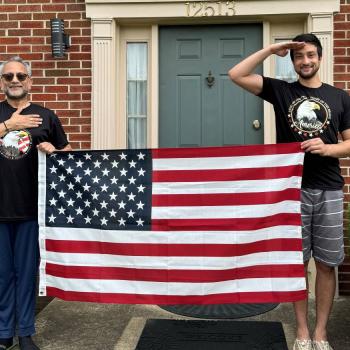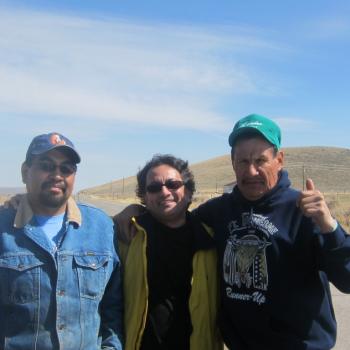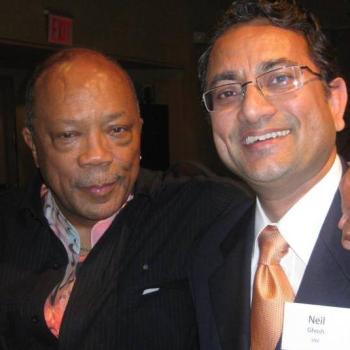
Saving Our Democracy: 5 Things You Can Do to Catch Misinformation
I met Nadia, a young woman from Tunisia, in May 2015 during a conference in Marrakech, Morocco. She shared a chilling story about her past—one that has stayed with me.
At a time when she felt deeply isolated from her parents, teachers, and friends, Nadia became vulnerable to manipulation. She began receiving short video clips from unknown sources—messages that appeared empathetic but were, in fact, laced with extremist propaganda. They were designed to influence her worldview and recruit her into an extremist group. She came dangerously close to joining.
According to a United Nations report titled Tackling Terrorists’ Exploitation of Youth, young people are a critical target for recruitment. Some are coerced or trafficked, while others join voluntarily due to a need for belonging, identity, or purpose. Nadia belonged to the second group—those who are persuaded, not forced.
Fortunately, she found a mentor who helped guide her away from the brink. I stayed in touch with Nadia for many years. Today, she is married and living a peaceful life in Tunisia.
Her story ended well—but many others do not.
It’s Our Duty to Contribute To A Truthful Society
In the Hindu tradition, the concept of Viveka—discernment between truth and illusion—is a foundational spiritual practice. The Bhagavad Gita reminds us that clarity of mind and dedication to truth (satya) are essential qualities of a wise person. In a world flooded with digital noise, practicing viveka is more than a spiritual exercise—it’s a civic responsibility. By cultivating awareness, questioning appearances, and seeking truth with humility, we not only safeguard ourselves but also honor dharma—our duty to contribute to a just and truthful society.
The Rise of Radicalization in the Digital Age
Social media platforms are increasingly being used as tools for radicalization. Violent extremists now exploit these platforms to disseminate propaganda and recruit new followers. Nadia’s story is a stark reminder of how easily individuals can fall prey to manipulation in our digital age.
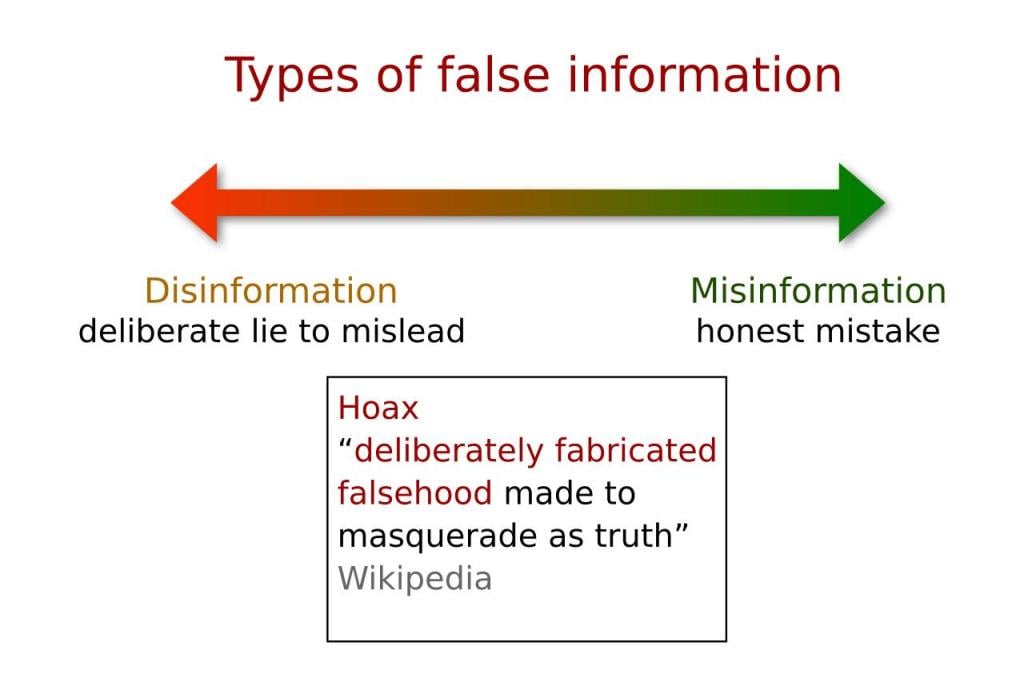
The danger isn’t just limited to terrorism. Misinformation has become a pervasive threat, affecting everything from public health to democratic institutions. The very features that make social media so powerful—speed, reach, and personalization—are also what make it so dangerous.
According to Pew Research, 64% of Americans say social media mostly negatively affects how things are going in the U.S. But this isn’t just a platform issue—it’s a people issue. We all play a role in the ecosystem of information. Whether it’s taking time to fact-check, engaging in respectful dialogue, or supporting credible sources, we must act.
The Real-World Consequences of Misinformation
Having grown up in a politically active family, I’ve witnessed firsthand the devastation misinformation can cause—long before the digital age. My travels across continents have only reinforced this truth. Misinformation isn’t just an institutional threat—it’s a deeply personal one. Its impact touches elections, families, and even matters of life and death.
Here are just a few areas where misinformation has caused severe damage:
- Elections: Misinformation can shift public opinion, skew voting behavior, and fuel unrest. A Pew Research study found that misinformation is a top concern in 11 emerging economies, including India and South Africa.
- Emergencies: During natural disasters, false information can spread chaos and endanger lives.
- Health Crises: The COVID-19 pandemic was worsened by a flood of misinformation about treatments and vaccines—costing countless lives.
- Financial Markets: Misinformation can destabilize markets and wipe out savings, particularly harming small investors.
- Conflict Zones: In regions like Gaza, Ukraine, and Sudan, misinformation fuels violence and disproportionately harms women and children.
- Mental Health: In heartbreaking instances, individuals have taken their lives based on false rumors.
“The problem of misinformation” (published by the National Library of Medicine)—offers deep insight into why misinformation is such a persistent and dangerous issue, and it dovetails well with your article’s message.
Why Do We Share Fake News?
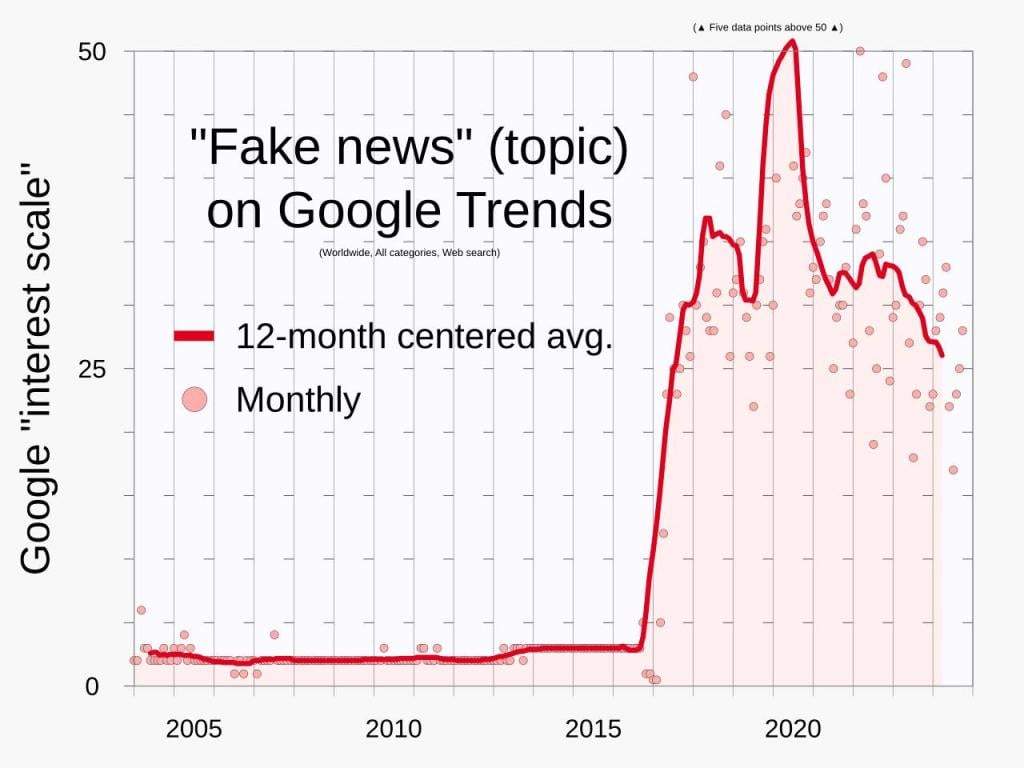
At a systemic level, misinformation is spread to influence elections, generate profit, promote ideologies, or win wars. On an individual level, the reasons range from insecurity and jealousy to simple inattention.
In fact, according to researchers from MIT and other leading institutions, a lack of attention is the primary reason behind the sharing of over 51% of misinformation. A study published in Nature found that most Americans who share false news don’t do so out of malice—they’re simply not paying enough attention to whether it’s true.
Fake news taps into our most profound human instincts. Our survival-driven desire for security, power, and validation makes us susceptible to vulnerability. We seek comfort and reassurance in echo chambers that confirm our beliefs, and this confirmation bias helps misinformation thrive.
In his article, “How Polarization Drives Misinformation” Keith Giles made some several points who we share fake news and what steps we can take.
5 Things You Can Do to Catch Misinformation
Here are five simple*, practical steps you can take to protect yourself and others:
- Consider the Source
Investigate the website. What’s its mission? Who runs it? Is there valid contact information? - Read Beyond the Headline
Headlines can be designed to shock and manipulate. Read the full article, check the date, and look for supporting evidence. Be wary of old photos repurposed for fake stories. - Check the Author
Is the writer credible? Are they an expert or a known source? - Check Your Biases
Are your personal beliefs influencing how you interpret the information? Be honest with yourself. - Ask the Experts
Consult librarians, educators, or trusted fact-checking sites.
*Source: International Federation of Library Associations and Institutions







